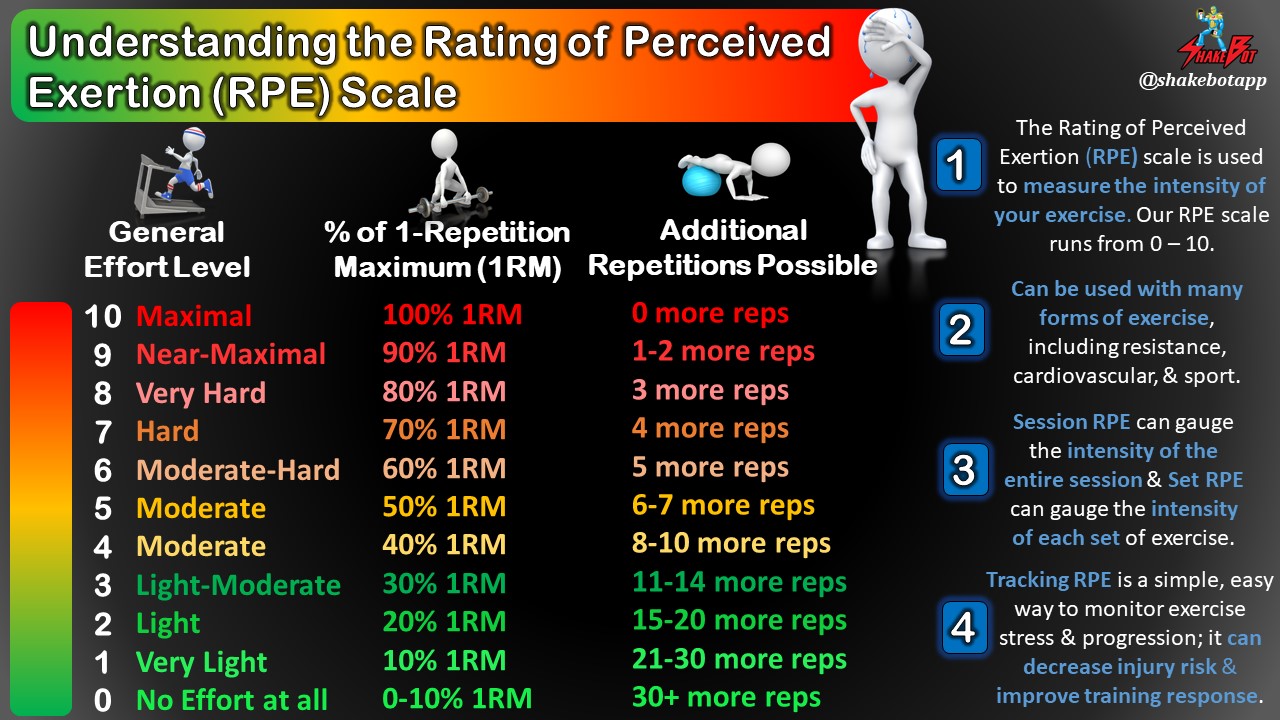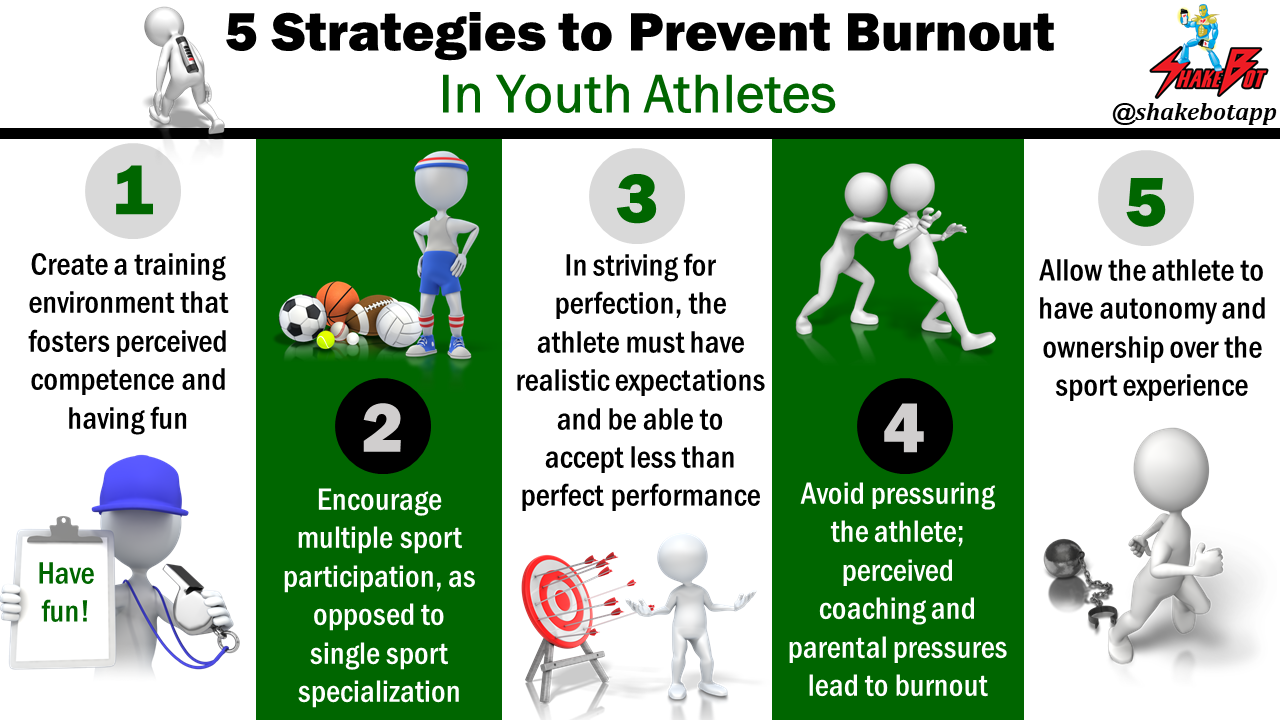“Why can’t you just tell me how you really feel, because the way you act is confusing me” – Unknown
Overtraining (i.e. periods of training that are too long, too intense, or lack adequate recovery) decreases performance due to excessive fatigue [1-3, 7] and can increase injury risk [4-7]. On the other hand, too little training decreases performance due to the lack of preparedness for the task at hand [7] and can increase injury risk when training intensity is increased abruptly [7-10].
How do you monitor your training to ensure you’re ready to perform your best? Heart rate monitors, accelerometers, FitBit, the Apple Watch, and a variety of other tools can be used… but what works best? In this review, we discuss why you may be overthinking (and overpaying) for your load monitoring device(s). Simplicity is key: enter RPE.
RPE stands for Rating of Perceived Exertion and it is used to measure the intensity of exercise. You can use it to gauge the intensity of each session (Session RPE), each set of exercise (Set RPE), or both. When you’ve finished your exercise or training session, you simply ask yourself “How intense was that session?” to gather Session RPE. Similarly, you ask yourself “How intense was that set of exercise?” to gather Set RPE. In either case, you answer this question on a numerical scale: Many different scales have been used, but we typically advise to use a scale from 0-10, with 1 indicating minimal difficulty or intensity and 10 indicating maximal difficulty or intensity. It’s important to record your RPE within 24 hours after your exercise session so you don’t forget! Waiting for a week to recall your RPE values for the previous week of training has been shown to be a poor approach and can be very inaccurate [12].
A recent study evaluated all the available literature measuring training load in athletes using objective (i.e. loads collected with electronic devices) vs. subjective (i.e. self-reported) measures of training intensity [11]. There were 56 articles included in the review. The researchers found that self-reported measures like RPE were more reliable and consistent than objective measures when monitoring training load. However, research in elite soccer players found discrepancies between RPE and objective, external measures of training like total distance covered and time spent running at high speeds [18]. Although it certainly doesn’t paint the whole picture, using RPE is an affordable and effective way to monitor your training status or program your training to avoid training too hard, or not hard enough, at inappropriate times. Although not practical for everyone, a combined approach monitoring internal stress measures (ex: RPE, heart rate) in concert with external stress measures (ex: accelerometry) is ideal.
SHAKEBOT BOTTOM LINE
- Monitoring your training load can help prevent excessive fatigue while also ensuring you’re physically prepared to handle the requirements of your sport, minimizing injury risk.
- Rating of Perceived Exertion (RPE) is a method involving one simple question following exercise or training: “how difficult was that session?”
- Your answers to the RPE question should be answered on a numerical scale – we advise using a scale of 0-10 with 1 indicating minimal difficulty or intensity and 10 indicating maximum difficulty or intensity. Feel free to save the image of this blog post for guidance.
- Overall, self-reported measures like RPE may work just as well as objective metrics coming from fitness tracking devices (ex: heart rate, accelerometry) when it comes to monitoring training load [11-17].
REFERENCE
- MacKinnon, L.T., 2000. Overtraining effects on immunity and performance in athletes. Immunology and cell biology, 78(5), pp.502-509.
- Meeusen, R., Duclos, M., Foster, C., Fry, A., Gleeson, M., Nieman, D., Raglin, J., Rietjens, G., Steinacker, J. and Urhausen, A., 2013. Prevention, diagnosis, and treatment of the overtraining syndrome: joint consensus statement of the European College of Sport Science and the American College of Sports Medicine. Medicine and science in sports and exercise, 45(1), pp.186-205.
- Aubry, A., Hausswirth, C., Louis, J., Coutts, A.J. and Le Meur, Y., 2014. Functional overreaching: the key to peak performance during the taper. Med Sci Sports Exerc, 46(9), pp.1769-1777.
- Foster, C., 1998. Monitoring training in athletes with reference to overtraining syndrome. Medicine and science in sports and exercise, 30, pp.1164-1168.
- Gabbett, T.J., 2004. Influence of training and match intensity on injuries in rugby league. Journal of sports sciences, 22(5), pp.409-417.
- Drew, M.K. and Finch, C.F., 2016. The relationship between training load and injury, illness and soreness: a systematic and literature review. Sports Medicine, 46(6), pp.861-883.
- Soligard, T., Schwellnus, M., Alonso, J.M., Bahr, R., Clarsen, B., Dijkstra, H.P., Gabbett, T., Gleeson, M., Hägglund, M., Hutchinson, M.R. and Van Rensburg, C.J., 2016. How much is too much?(Part 1) International Olympic Committee consensus statement on load in sport and risk of injury. British Journal of Sports Medicine, 50(17), pp.1030-1041.
- Hulin, B.T., Gabbett, T.J., Lawson, D.W., Caputi, P. and Sampson, J.A., 2015. The acute: chronic workload ratio predicts injury: high chronic workload may decrease injury risk in elite rugby league players. British journal of sports medicine, pp.bjsports-2015.
- Gabbett, T.J., Hulin, B.T., Blanch, P. and Whiteley, R., 2016. High training workloads alone do not cause sports injuries: how you get there is the real issue.
- Cross, M.J., Williams, S., Trewartha, G., Kemp, S.P. and Stokes, K.A., 2016. The influence of in-season training loads on injury risk in professional rugby union. International journal of sports physiology and performance, 11(3), pp.350-355.
- Saw, A.E., Main, L.C. and Gastin, P.B., 2015. Monitoring the athlete training response: subjective self-reported measures trump commonly used objective measures: a systematic review. British journal of sports medicine, pp.bjsports-2015.
- Phibbs, P.J., Roe, G., Jones, B., Read, D.B., Weakley, J., Darrall-Jones, J. and Till, K., 2017. Validity of Daily and Weekly Self-Reported Training Load Measures in Adolescent Athletes. The Journal of Strength & Conditioning Research, 31(4), pp.1121-1126.
- Clarke, N., Farthing, J.P., Norris, S.R., Arnold, B.E. and Lanovaz, J.L., 2013. Quantification of training load in Canadian Football: Application of Session-RPE in collision-based team sports. The Journal of Strength & Conditioning Research, 27(8), pp.2198-2205.
- McLaren, S.J., Smith, A., Spears, I.R. and Weston, M., 2017. A detailed quantification of differential ratings of perceived exertion during team-sport training. Journal of science and medicine in sport, 20(3), pp.290-295.
- Scott, T.J., Black, C.R., Quinn, J. and Coutts, A.J., 2013. Validity and reliability of the session-RPE method for quantifying training in Australian football: a comparison of the CR10 and CR100 scales. The Journal of Strength & Conditioning Research, 27(1), pp.270-276.
- Thornton, H.R., Delaney, J.A., Duthie, G.M., Scott, B.R., Chivers, W.J., Sanctuary, C.E. and Dascombe, B.J., 2016. Predicting self-reported illness for professional team-sport athletes. International journal of sports physiology and performance, 11(4), pp.543-550.
- Thorpe, R.T., Strudwick, A.J., Buchheit, M., Atkinson, G., Drust, B. and Gregson, W., 2016. Tracking Morning Fatigue Status Across In-Season Training Weeks in Elite Soccer Players. International journal of sports physiology and performance, 11(7), pp.947-952.
- Malone, S., Owen, A., Newton, M., Mendes, B., Tiernan, L., Hughes, B. and Collins, K., 2018. Wellbeing perception and the impact on external training output among elite soccer players. Journal of science and medicine in sport, 21(1), pp.29-34.




